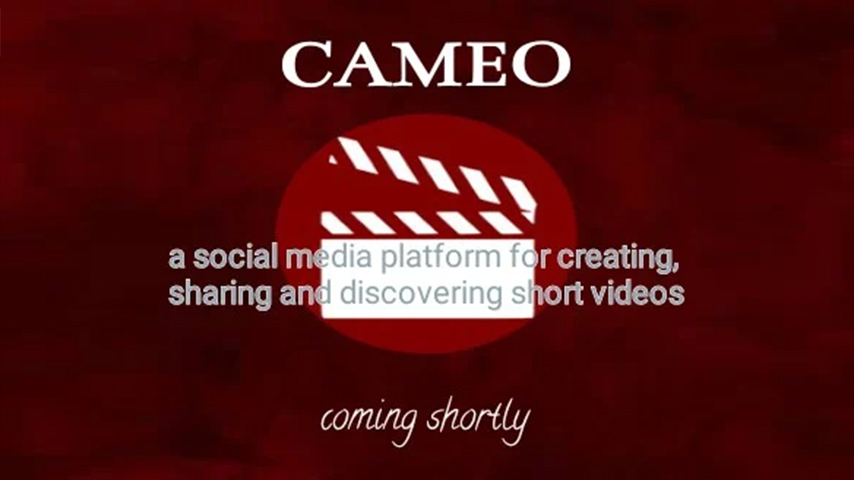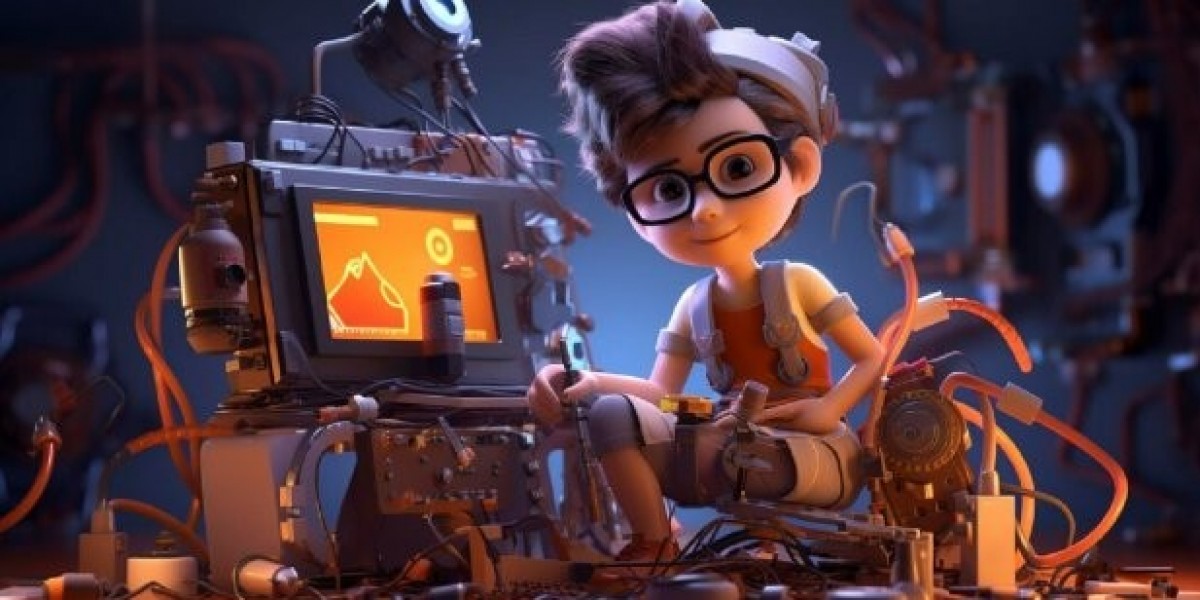In the vast universe of animation, few innovations have left a legacy as enduring as cel animation. Before CGI, digital drawing tablets, or motion capture suits, there was a pioneering technique that allowed animators to bring hand-drawn characters to life in a more efficient, layered manner. But who invented cel animation, and why does it still matter—especially in the context of modern animation workflows and today’s booming industry?
As we revisit this milestone in animation history, we’ll also look at how traditional techniques have evolved, how they influence modern studios—such as a top-tier Toronto animation studio—and what businesses today should know about the cost of 2D animation in 2025.
Who Invented Cel Animation?
Cel animation—short for “celluloid animation”—is a technique that revolutionized how animated films were created by using transparent sheets (cels) to separate characters from static backgrounds. This allowed animators to avoid redrawing the entire scene frame by frame, cutting both time and costs significantly.
So, who invented cel animation?
The credit goes to Earl Hurd, an American animator and cartoonist, who patented the process in 1914. He worked alongside J.R. Bray, another animation pioneer, to refine this groundbreaking method. Their technique used clear sheets of celluloid on which characters were drawn and layered over painted backgrounds. This new approach would lay the foundation for decades of animated storytelling—from early Disney classics to Saturday morning cartoons.
The cel process enabled legendary studios to create beloved characters like Mickey Mouse and Betty Boop with greater efficiency. While the technique has largely been replaced by digital animation today, its influence on the storytelling process and visual language of 2D animation remains undeniable.
Cel Animation’s Legacy in the Modern Era
Although physical cels are now a relic of animation history, their spirit lives on in digital 2D animation. The concept of separating characters and environments, using layers to build scenes, and managing frame-by-frame motion remains central to the animation process—even in modern digital software.
For instance, today’s animators use tools like Toon Boom Harmony, Adobe Animate, and TVPaint to replicate the cel method—digitally. These programs allow for more flexibility and precision while keeping the artistic charm of traditional animation alive.
Studios like those in Toronto’s animation industry have successfully bridged the old and the new. They blend hand-drawn techniques with modern digital workflows to create animations that feel both nostalgic and fresh, ideal for commercial projects, explainer videos, and animated series.
Toronto Animation Studio: Where Tradition Meets Innovation
Toronto has emerged as a global hub for animation talent. A Toronto animation studio often combines North America’s storytelling sensibility with the multicultural creativity of Canada’s largest city. Whether working on Netflix original series or corporate explainer videos, these studios continue to be shaped by animation history—including techniques like cel animation.
Here’s why Toronto’s animation scene is thriving in 2025:
Top-tier talent: Institutions like Sheridan College and Seneca College continue to produce world-class animators trained in both traditional and digital methods.
Cultural diversity: Toronto’s inclusive and creative environment fosters unique storytelling perspectives and diverse visual styles.
Government support: Canada’s creative tax credits and grants make high-quality animation more accessible for global clients.
Access to technology: Toronto studios use the latest animation software and production pipelines, blending cel-style visuals with digital efficiencies.
For businesses looking to invest in custom 2D animation, partnering with a Toronto animation studio offers a perfect mix of creativity, heritage, and reliability.
Cost of 2D Animation in 2025: What to Expect
If you're considering investing in 2D animation—whether cel-inspired or fully digital—it’s important to understand the financial landscape. The cost of 2D animation in 2025 depends on various factors such as animation complexity, length, style, and studio reputation.
Estimated Pricing for 2D Animation in 2025:
Simple explainer video (30–60 seconds): $1,000 – $3,000
Mid-range character animation (60–90 seconds): $3,000 – $7,000
High-end cinematic 2D animation (90 seconds+): $7,500 – $20,000+
Factors Influencing Cost:
Detail & Style: A simple flat animation will cost less than cel-style frame-by-frame character animation with intricate movements.
Script & Storyboarding: If a studio handles the concept, scripting, and storyboarding, it adds to the package price—but increases quality.
Voiceover & Sound Design: Professional narration and music licensing contribute to a more polished result.
Turnaround Time: Rush projects typically incur premium fees.
Studio vs Freelancer: Working with a full-fledged Toronto animation studio may cost more upfront than a freelancer, but ensures production reliability, quality control, and access to broader resources.
Investing in animation today is not just about visual appeal—it's about making your message stick. In 2025, 2D animation continues to be one of the most effective tools for storytelling and brand communication.
How Cel Animation Inspires Today’s Business Animation
You might be wondering: Why revisit cel animation in a business context?
Here’s how this century-old technique continues to influence commercial animation today:
Art-Driven Branding: Cel-style visuals evoke a handcrafted, artistic look that gives businesses a unique identity and authenticity.
Storytelling Structure: The emphasis on frame-by-frame narrative timing, originally honed in cel animation, remains foundational in business explainer videos.
Creative Layering: Much like cels separated characters from backgrounds, modern digital animation uses layers to streamline edits and revisions, saving time and budget.
Animation Nostalgia: The aesthetic of cel animation triggers nostalgia, which marketers use to emotionally connect with millennial and Gen Z audiences.
Modern 2D animation may use tablets and digital rigs instead of cels and paintbrushes, but the principles remain timeless—and valuable.
Final Thoughts
So, who invented cel animation? The answer is Earl Hurd—a pioneer who changed the course of visual storytelling forever. His innovation not only revolutionized early cartoons but also laid the groundwork for the layered animation methods we use in 2025.
Today, animation studios—especially those in creative hubs like Toronto—continue to honor this legacy while using cutting-edge tools to bring new stories to life. And for businesses, understanding this history helps illuminate the value behind every frame of your next marketing video.
Whether you’re drawn to cel-style charm or the crisp finish of modern 2D animation, investing in professional production is worth every penny—especially when you understand the cost of 2D animation in 2025 and partner with a studio that respects both tradition and innovation.































